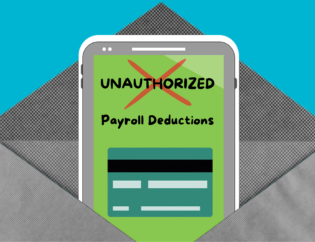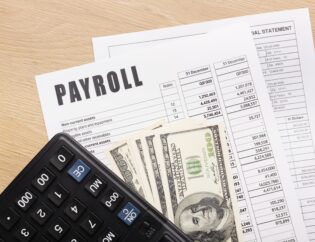

Every industry has an enforcing body that administers laws to safeguard the rights of both employers and employees. In the case of federal-funded construction projects, the Wage and Hour Division within the Department of Labor is responsible for implementing federal labor laws.
THE WAGE AND HOUR DIVISION
The Wage and Hour Division is accountable for enforcing labor regulations that govern minimum wage and working conditions across the United States. These labor standards cover private sectors, state and local employment, and federally-funded construction projects.
The Wage and Hour Division of the Department of Labor has standard wage and hour laws in the case of prevailing wage rates.
WHAT IS THE PREVAILING WAGE RATE?
The U.S. Department of Labor defined the prevailing wage rate as “the average wage paid to similarly employ workers in a specific occupation in the area of intended employment". Wages for federally-funded projects vary from state or county.
Workers engaging in actual construction work, such as government-owned buildings and infrastructure, are protected by the Davis-Bacon Act Law, which ensures they are paid the basic hourly wage rate in the state for which they labor. It also guarantees that workers are receiving the additional fringe benefits, protects the health and welfare of the workers, and discourages excessively long work hours – but if needed, must be well-compensated for the additional hours they work.
The contractor's prevailing wage obligation can be accomplished by either providing the applicable prevailing wage in cash compensation to each laborer and mechanic or by a mix of cash wages and employer-provided bona fide fringe benefits.
The prevailing wage rates are derived from wage records, employer surveys, and Union Labor contracts. When determining which prevailing wage rates should be used on a project, you should research the specific area in which the project is located because this will assist influence what prevailing wage should be used.










